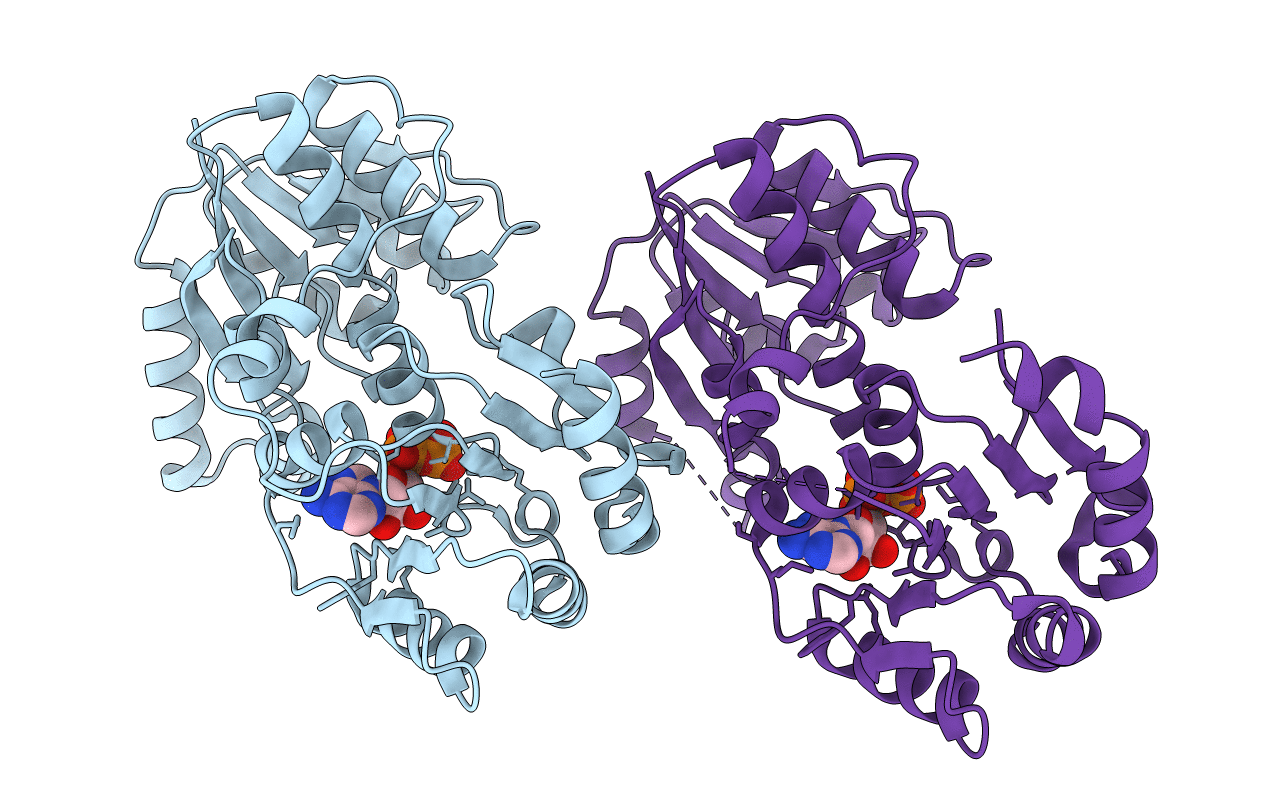
Deposition Date
2006-05-16
Release Date
2007-05-22
Last Version Date
2023-08-30
Entry Detail
Biological Source:
Source Organism:
Escherichia coli O6 (Taxon ID: 217992)
Host Organism:
Method Details:
Experimental Method:
Resolution:
2.40 Å
R-Value Free:
0.27
R-Value Work:
0.22
Space Group:
P 21 21 21


